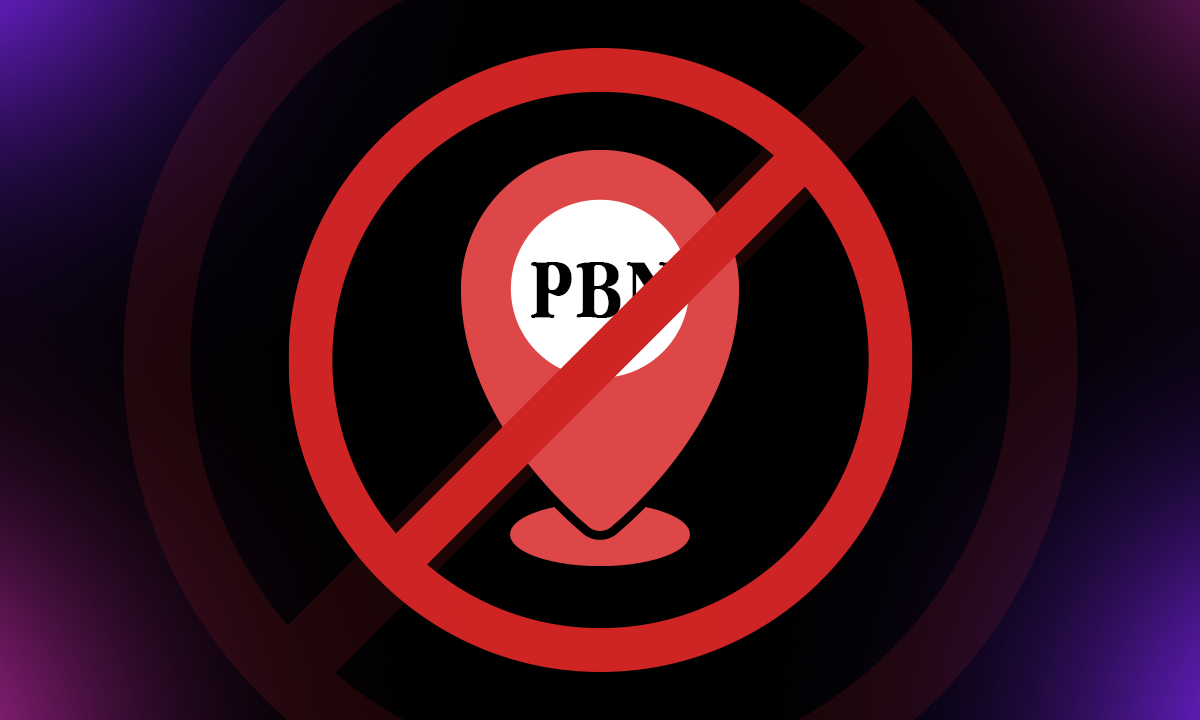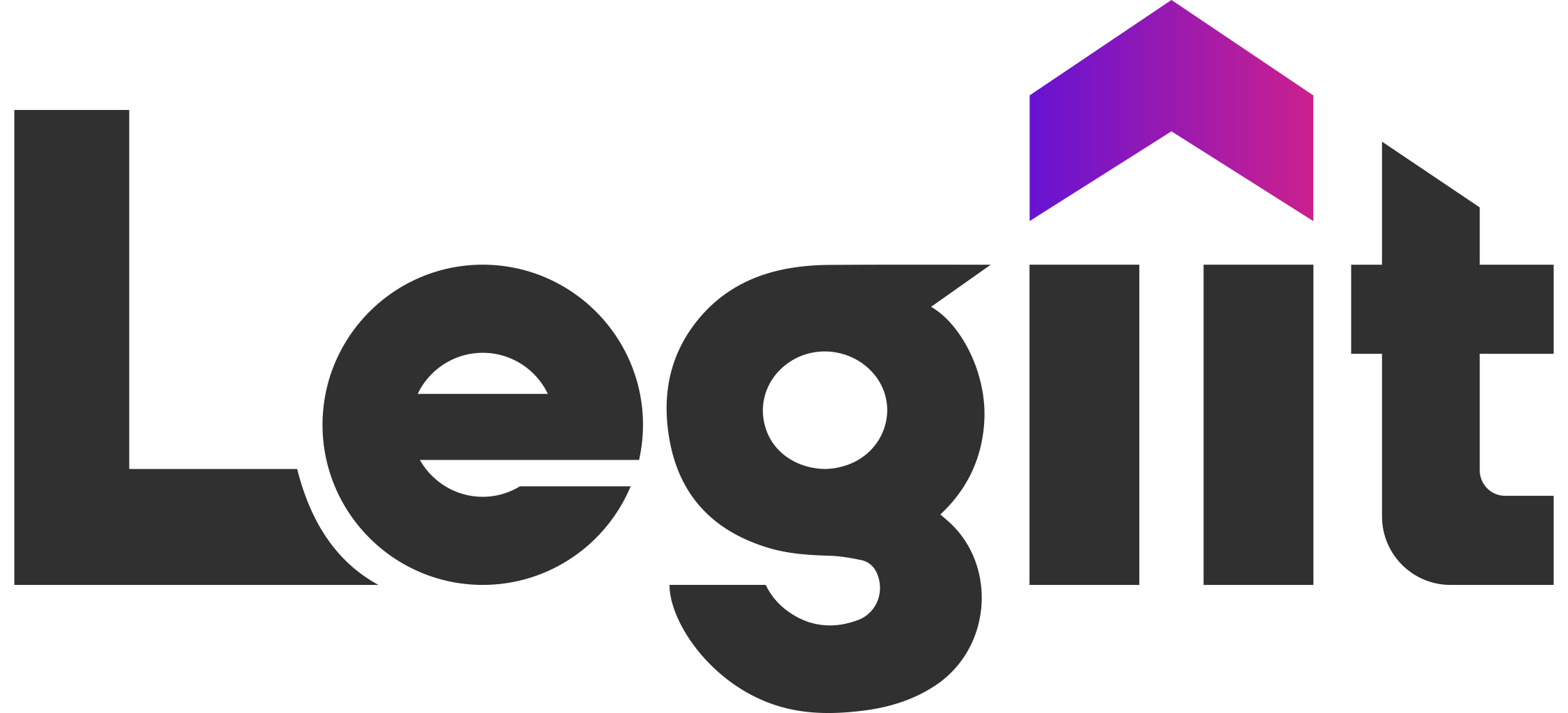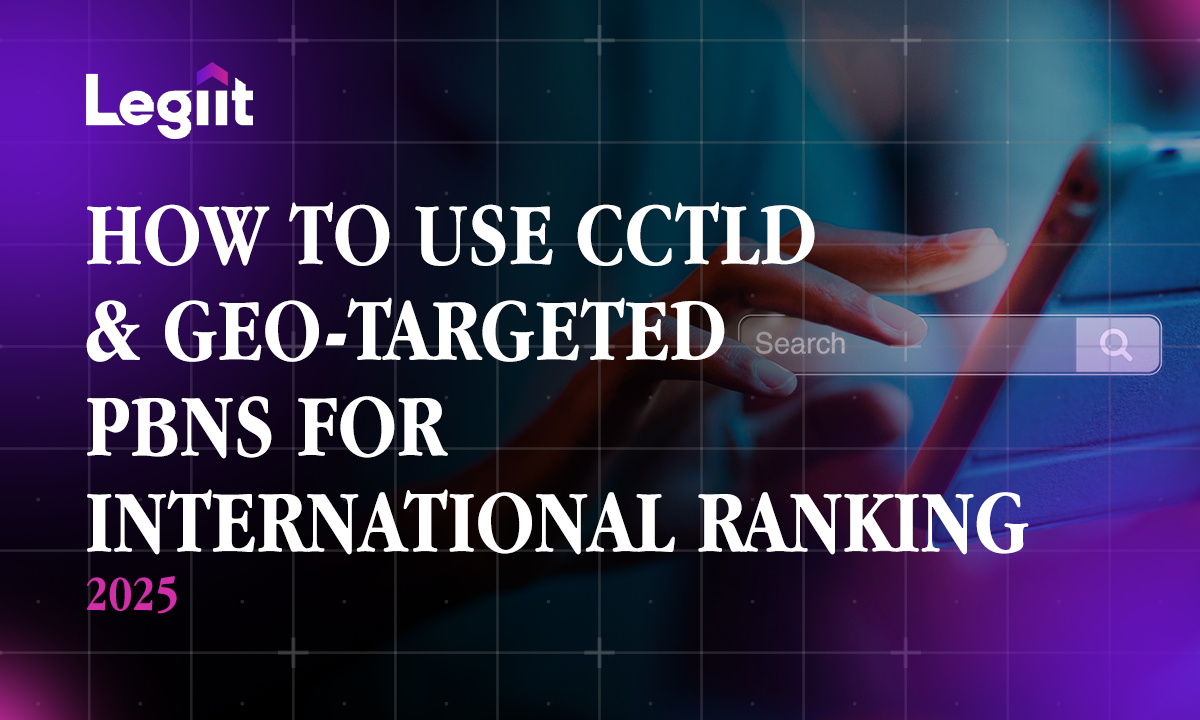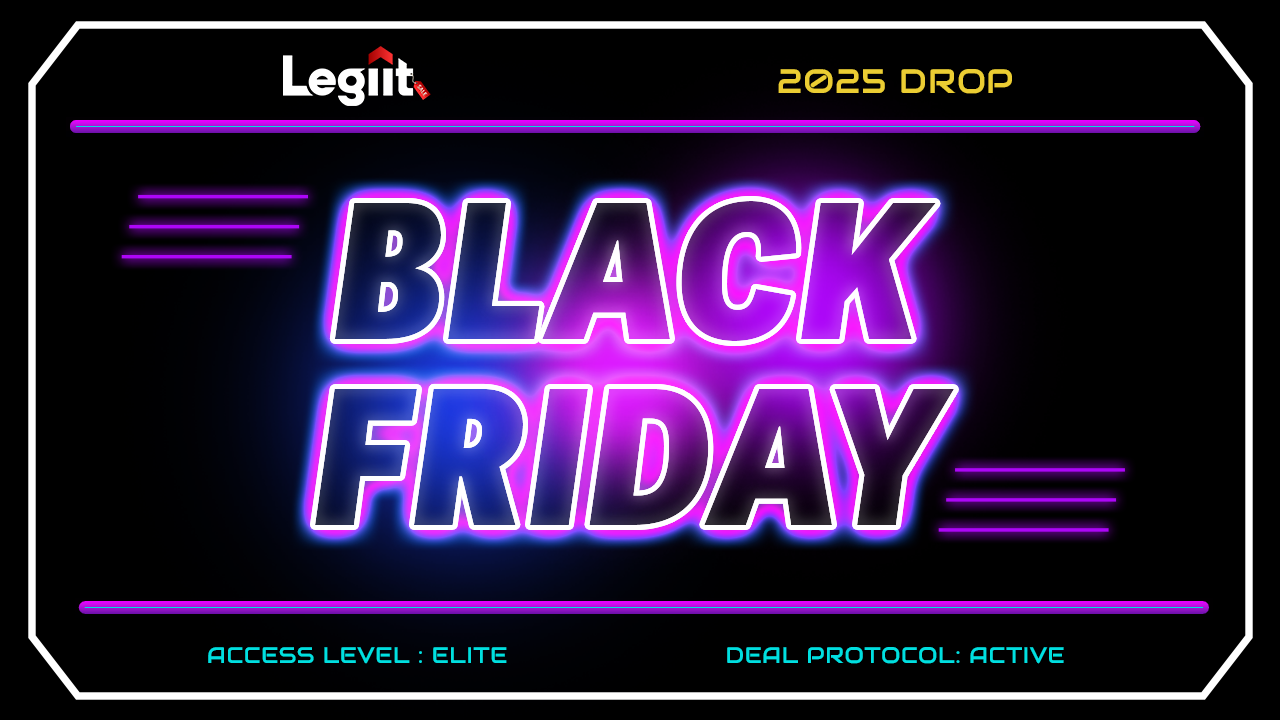You've done everything right. You've got your hreflang tags perfectly implemented, your content is localized, and your international teams are pushing hard. Yet, your global competitors are still outranking you in specific country-level SERPs. Sometimes, traditional international SEO isn't enough.
This advanced guide isn't for the faint of heart. It reveals how to deploy geo-targeted PBNs using ccTLDs (country code Top-Level Domains) to dominate country-specific search results, safely accelerating your international growth. This is about making your global strategy a true power play. If you need a fast refresher on PBN fundamentals before going geo, read this comprehensive guide on building a PBN
Global PBN Strategy: The Cheat Sheet
Here’s the high-level playbook for this advanced tactic:
- The Goal: To dominate country-specific search results by sending powerful, hyper-local ranking signals to Google.
- The Core Tactic: Use PBNs built on expired ccTLDs (e.g., a .de domain) to link to your target country's website (e.g., yourbrand.de).
- The Foundation: Your standard international SEO (localized content, hreflang tags, etc.) must be perfect before you attempt this.
- The Risk: This is a high-risk, high-reward strategy for advanced users only. Meticulous execution and footprint avoidance are critical.
On This Page
- Why Geo-Targeted PBNs are a Global SEO Secret Weapon
- The Foundational Blocks of International SEO
- The Advanced Playbook: A 3-Tiered Geo-PBN Strategy
- Crucial Footprint Avoidance for International PBNs
- Global SEO & PBN FAQ
Why Geo-Targeted PBNs are the Global SEO Secret Weapon
In the world of international SEO, relevance is king. Google wants to show local users the most relevant local results. Geo-targeted PBNs are a powerful way to send unambiguous, hyper-local relevance signals. Here's why advanced SEOs consider them a secret weapon:
- Accelerated Ranking: In competitive international markets, they offer a faster way to gain ranking traction than waiting for organic links.
- Hyper-Local Control: You get total control over the local anchor text, context, and the "nationality" of the linking domains.
- Bypass Local Monopolies: Create powerful local signals to overcome entrenched local competitors.
- Clearer Signals: Using country-specific TLDs sends the clearest possible signal to Google's geo-algorithms about a PBN's target market. When you’re ready to deploy links at the country level, coordinate with vetted sellers offering geo-targeted PBN links.
The Foundational Blocks: Standard International SEO (You MUST Get This Right First)
Before you even think about geo-targeted PBNs, your core international SEO must be rock solid. Think of this as your launchpad.
1. ccTLDs (Country Code Top-Level Domains):
The Strongest Signal For your main international sites, ccTLDs (.de for Germany, .fr for France) are the strongest possible signal of local relevance. They clearly tell Google and users that your site is specifically for that country.
2. Localized Content & Keyword Research
This isn't just about translating your content. It's about full localization, including identifying keywords specific to that country (local slang, products, etc.) and ensuring your content resonates culturally.
3. Hreflang Tags
These code snippets tell Google which language and regional version of a page to serve to users. They are crucial for preventing duplicate content issues and ensuring users land on the correct version of your site.
4. Google Search Console Geotargeting
If you're using generic TLDs (.com, .org) for international versions, explicitly set the target country in Google Search Console. (This is not needed for ccTLDs, which are automatically associated with a country).
The Advanced Playbook: Building a 3-Tiered Geo-PBN Strategy
Once your foundation is in place, you can build upon it with a sophisticated, geo-targeted PBN strategy.
Tier 1: The Localized Money Site (Your Core Asset)
This is your primary international website – e.g., yourbrand.de for Germany. It's built on a ccTLD and has perfectly localized content. This is the asset you are trying to rank in that specific country.
Tier 2: The Geo-Targeted PBNs (The Power Amplifiers)
This is where the magic happens. You build PBNs using expired ccTLDs that match the target country of your Tier 1 money site. These PBNs then link directly to your Tier 1 site. The key is that a German PBN with a .de ccTLD linking to your yourbrand.de site sends an incredibly strong and unambiguous local relevance signal.
Tier 3: Supporting Geo-PBNs (The Safety Buffer - Optional)
For extremely competitive markets, you can build an additional tier. These PBNs link to your Tier 2 PBNs. This adds a layer of safety, diluting the direct link profile to your Tier 2 network while still passing authority.
Ready to Go Global, But Need a Guide?
Executing a multi-country PBN strategy is one of the most complex tasks in SEO. On Legiit, you can connect with vetted international SEO experts who specialize in building and managing safe, geo-targeted link-building campaigns.
Find an International SEO Expert on Legiit
Crucial Footprint Avoidance for International PBNs
Geo-targeted PBNs are powerful, but they require a level of precision that goes beyond standard PBN management. As of 2025, Google's geo-targeting and pattern-recognition algorithms are incredibly sophisticated. The goal is no longer just to hide; it's to create a holistic, authentic digital identity for each PBN asset that looks completely natural within its target country.
- Localized WHOIS: Use different, private WHOIS information for each ccTLD PBN.
- Diverse Local Hosting: Don't host all your .de PBNs on the same German server. Mix multiple German hosting providers.
- Language & Cultural Diversity: Ensure the PBN content truly reflects the local language and nuances.
- No Cross-Country Linking: A .de PBN should almost never link directly to your yourbrand.fr site. Keep your geo-signals clean.
- Unique DNS/Name Servers: Use different DNS and nameserver providers for each PBN.
When NOT to Use Geo-Targeted PBNs

This is an advanced strategy that can be destructive if used in the wrong situation. An expert knows not only how to use a powerful tool, but when to leave it in the toolbox.
On a New Website with No Trust: Using PBNs on a brand-new site is an easy way to get penalized.
- New sites lack the foundational authority to justify a sudden influx of powerful links.
- This unnatural link velocity is a major red flag for Google's algorithms.
- Rule: Build a clean foundation with quality content and safe links first.
With a Small or Shrinking Budget: This is a high-stakes game where cutting corners guarantees failure.
- Every part of a safe geo-PBN quality domains, diverse local hosting, and native-language content is expensive.
- "Cheap" PBN links are a trap, leading to toxic assets that will harm your site.
- Rule: A small budget is always better spent on a single, high-quality guest post.
If You Lack an Expert-Level Commitment: A PBN is an active investment that requires constant attention, not a passive asset.
- PBNs are not "set it and forget it." They demand ongoing monitoring and maintenance to remain safe.
- Algorithm updates or hosting issues can turn a healthy network into a risky one overnight.
- Rule: If you cannot commit to the ongoing expert-level work, hire a vetted specialist or avoid this tactic entirely.
Global SEO & PBN FAQ
What does ccTLD stand for?
ccTLD stands for Country Code Top-Level Domain. It's a two-letter domain extension assigned to a specific country or territory, like .de for Germany, .ca for Canada, or .us for the United States.
Are ccTLD PBNs safe in 2025?
They are a high-risk, high-reward "black hat" tactic. Their safety depends entirely on the meticulousness of their execution and your ability to avoid detectable footprints.
What is the difference between a ccTLD and a gTLD?
A ccTLD is tied to a specific country (e.g., .ca). A gTLD, or Generic Top-Level Domain, is not country-specific (e.g., .com, .org, .net). For sending the strongest possible local ranking signals in most countries, a ccTLD is superior to a gTLD.
Can I use a generic TLD PBN for international SEO?
Yes, but it's less powerful. A .com PBN can provide general authority, but it won't send the same clear, strong geo-targeting signals as a matching ccTLD PBN.
What are the main benefits of using a ccTLD for my main site?
The primary benefits are clear geo-targeting and user trust. A ccTLD unambiguously tells search engines that your site is for a specific country, which can provide a ranking boost in that region. It also builds trust with local users, who are often more likely to click on and purchase from a domain that uses their country's extension.
How do you rank a website globally?
Ranking globally requires a comprehensive international SEO strategy. It involves: 1) Conducting keyword research for each target market, 2) Creating fully localized content (not just translated), 3) Using the correct URL structure (ccTLDs are often best), 4) Implementing hreflang tags correctly, and 5) Building local authority signals, such as backlinks from relevant domains within that country.
How do I find expired ccTLDs?
Specialized domain brokers often stock expired ccTLDs. Tools like ExpiredDomains.net also allow you to filter by specific ccTLDs, though vetting them requires deep historical analysis.
Is Google shutting down ccTLDs?
No, this is a common myth. Google is not shutting down ccTLDs. They continue to be a primary and highly effective signal for country-targeting in search results.
Master the Geo-Game, Dominate the Globe
Geo-targeted PBNs are an advanced, powerful, and undeniably high-risk strategy. When combined with a solid international SEO foundation and meticulous execution, they offer unparalleled control over local ranking signals, allowing you to accelerate past competitors in specific international markets.
Ready to accelerate your global SEO but need expert guidance to navigate the complexities and risks? The Legiit marketplace is home to top-rated freelancers specializing in sophisticated international SEO who can help you develop a safe, powerful geo-targeted backlink strategy.















 Download
Download